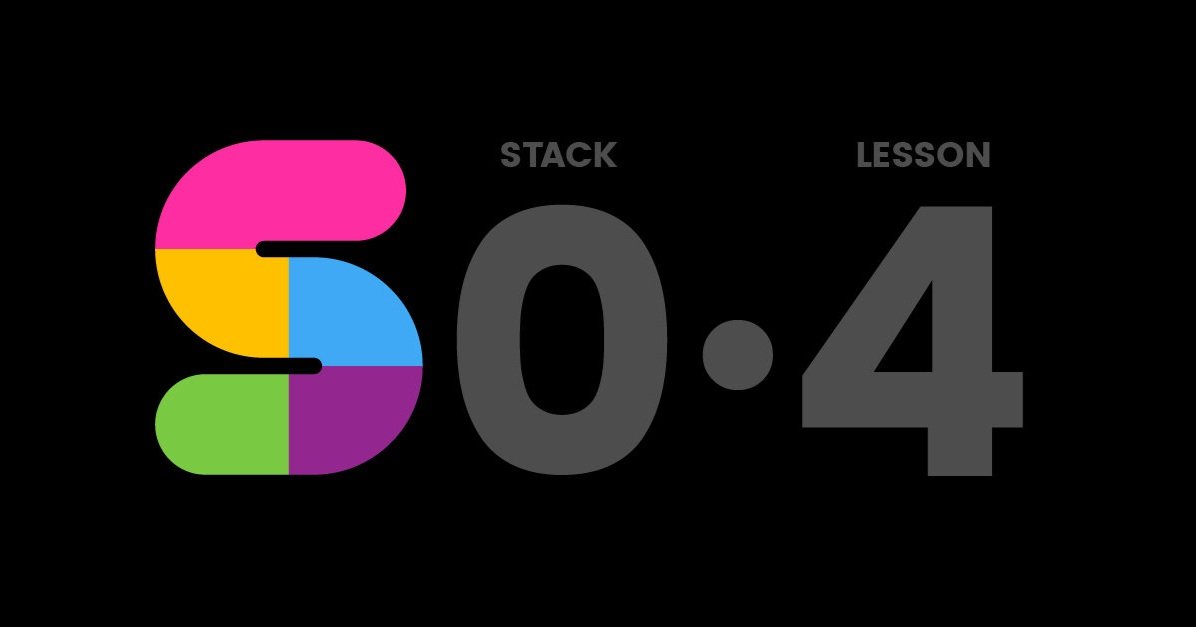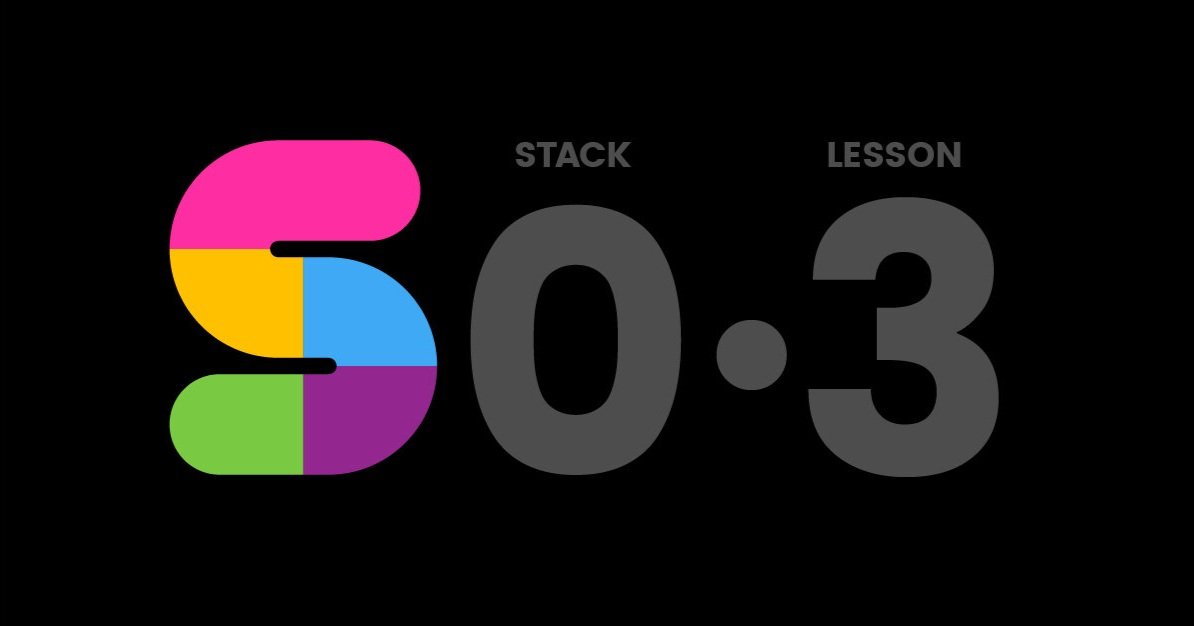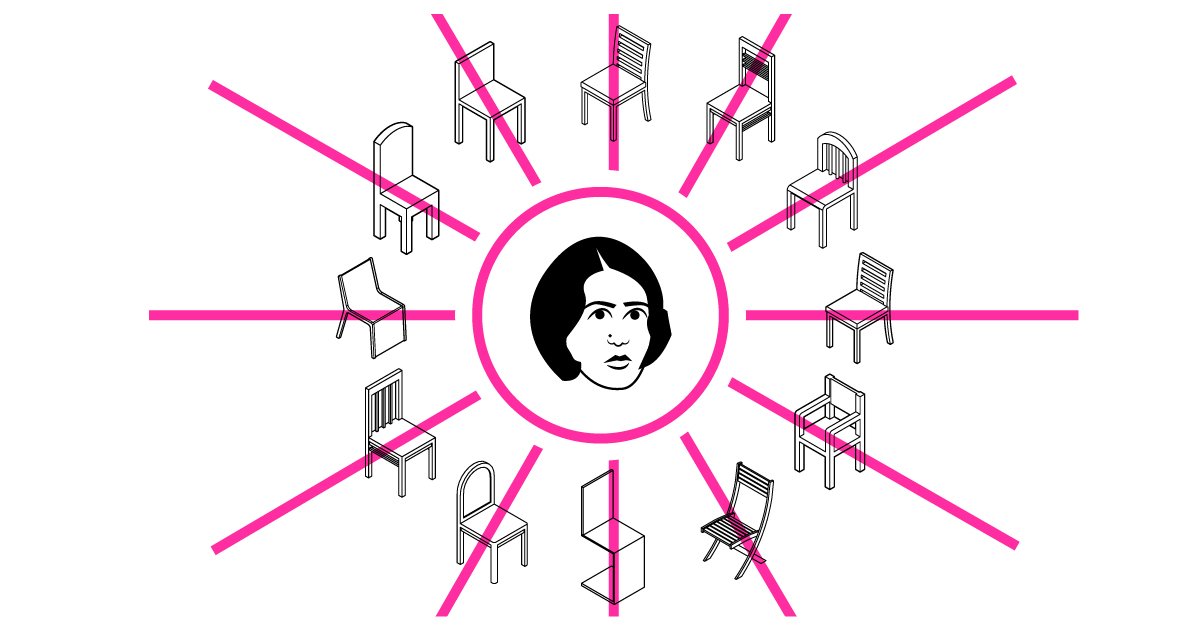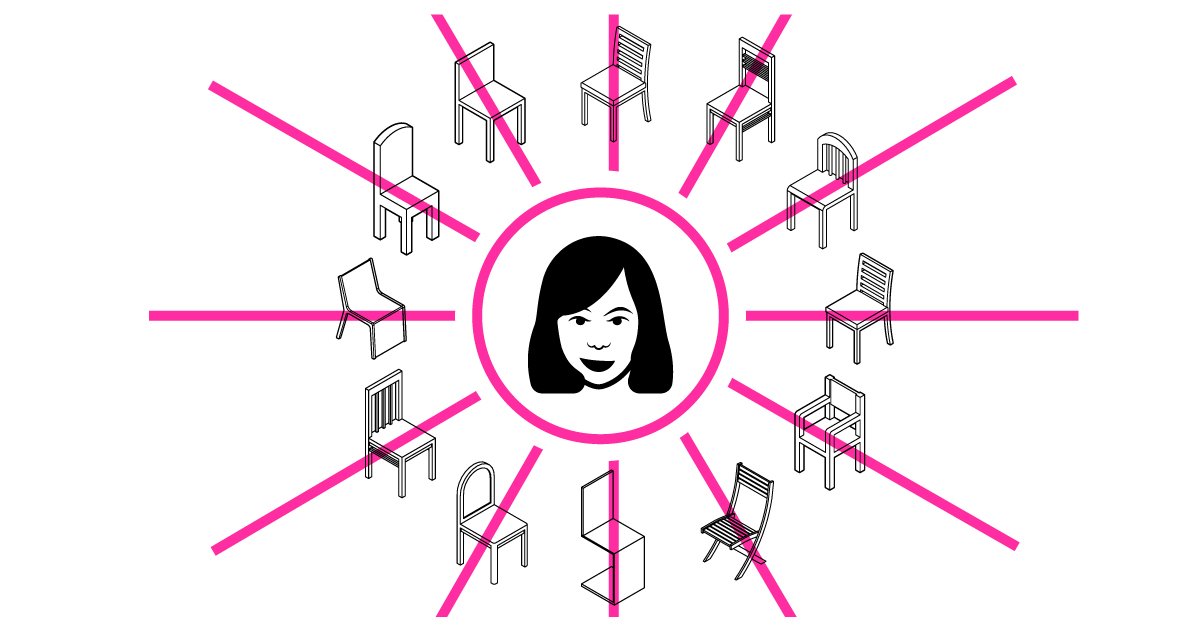See our work.
Then put us to work for you.
“Splice has one of the most complete value propositions I have seen in the market so far. This is what consulting should look like today.”
— Eliza Diamantidi, The Fix
We help you build a viable media business.
We do this by working with the global media ecosystem to report on, teach, advise, transform, fund, and celebrate information creators, freelancers, and startups.
We’re in a golden age of media.
For the first time, we’re able to create information and news faster and cheaper, and deliver it into the hands of those who want or need it.
What do you want to build? An information business? A media product? A niche audience for your journalism? A new newsroom? A mission? A set of principles and approaches around AI?
We’re here to help.
How you can work with us
Our consulting services
Transforming businesses and newsrooms
If you’re trying to turn around or rejuvenate a legacy business, we want to help. We’ll help you create and test new monetisable digital products for your audiences, and establish digital-first operations for your teams.
Building new media products
The product journey starts with the user: What do people want that they’re not getting? We’ll help you figure out the gaps in market, the jobs that people expect you to do, and we’ll help you plan and build those great news products that people want.
Growing audiences and building communities
We can help you find, grow, and engage with your audiences. Often, it requires a hard look at what they need, and creating a regular and consistent engagement strategy. We’ll also make sure you’re tracking real metrics, not vanity traffic numbers.
Streamlining workflows and operations
Scale your processes, not teams. We can help you build the right tech stack to automate tasks, or simplify your current operations so that your team is able to focus on the most important parts of the work.
Mapping the media landscape
Media companies don’t grow in isolation. Having the right ecosystem can help create viable media businesses in a country. We can help you put media landscapes in context. Our reports will give you insights and actionable recommendations.
Designing a brand
Your brand is the voice that speaks to your users, whether they’re internal teams, shareholders, investors, grantors, or your audiences. We’ll help you build that voice, from your logo and your website to your social surfaces, events, and your design system.
Training modern news and media teams
New technologies, new formats, and new audiences mean there’s a constant need for training and hiring. We can help you get the right people in place with our lens on diversity, access, inclusion, equity, skills, and outcomes.
Products and services
What we’ve built for our users, customers, and community over the years
Some projects we’ve worked on
It’s been busy.
We’ve been building things with people in Australia, Denmark, Hong Kong, India, Italy, Kenya, Mongolia, Myanmar, the Pacific Islands, the Philippines, Poland, Singapore, Sweden, Thailand, and the U.S.A.
Training
The Temasek Foundation-funded Asia Journalism Fellowship hired us to run a two-day workshop for mid-career journalists from around Asia.
Splice ran a two-day media trends, product, and AI workshop for 15 mid-career journalists.
The participants were from Bangladesh, China, India, Indonesia, Laos, Nepal, Pakistan, Philippines, Singapore, South Korea, Sri Lanka, and Vietnam.
Splice has been running workshops for AJF on media trends, product thinking, and product design since 2018.
DAY 1
How to build a media product that your users really want
Principles around media — The internet is user-centered, demand-driven, interest-based…
Media 4.0 — endless media made by AI. How do we stay relevant, useful, valuable?
Understanding the currency of the internet — Attention is finite. Content is infinite
Put your reader at the centre — Obsess about the problem that your customer needs to solve
Redefine journalism — Consumers have a different idea of what journalism is, and we don’t know how to explain it
What media strategy is… and what it isn’t
What it means to serve an audience of one
Case studies from outside media — learning from Starbucks and Airbnb
Case studies from inside media — Frontier, The Information, Backscoop, Skift, etc.
Introducing the Splice Product Canvas — how to think clearly about what your users want, and how to test your assumptions
Plans for Day 2
DAY 2
How to use AI in the newsroom
Recapping Day 1 — What have we learned, what scares you about these trends, what are you most excited by
Canvas work
Learning how to articulate the user problem to solve
More questions, more Canvas work
Presenting your Canvas
Review
What have we learned, what will you be taking back home to your newsroom, what will you try?
Coaching + mentorship
Podcast
ABC hired us to mentor Beatrice Go, an ex-Rappler journalist in the Philippines with an interest in how women’s sport was covered in the media.
Here’s more about the ABC’s Women in News and Sports Initiative.
Splice helped Beatrice formulate and test her assumptions around women’s sport, and then act on it with a report and actionable recommendations.
Beatrice went on to build Atleta Filipina, her startup that features Filipino women in sports.
Coaching + mentorship
Podcast
School of Splice is our podcast + mentoring program to help you build a viable media startup from scratch.
Podcast
Splice Pink is our podcast where we have quick conversations with media startup founders and journalist creators across the ecosystem.
Listen to more Pink.
Research
We were commissioned to do a Philippines media landscape audit and report for Google News Initiative.
For this project, we began with how the media environment has been affected by the Marcos Jr. win. We then got a little deeper into the increasingly profound role of creators and influencers. The report covers conversations with media professionals in mainstream media, influencers, and NGOs about the changes that are needed — and recommendations around the role that media programs can play in pivoting to this new media environment.
We’ll share the report once we clear it with our partners.
Transformation
We built an MVP for Frontier Myanmar 3.0 that reimagined their mission, branding, and expanding role in the region.
Frontier Myanmar has come a long way from where it was since the coup, the pandemic, and their physical relocation under duress.
As exile media, their organisational core has moved to Chiang Mai and elsewhere in the region, and the membership offerings have grown to include media event management services.
Training
The East West Center and Internews commissioned us to run an Innovation Lab for media organisations in the Pacific Islands.
This was a 3-track program covering key gaps identified by the Pacific Media Sustainability Project: lack of new digital skills training for media professionals, uncompetitive media products for communities, and undiversified revenue streams.
Splice provided participants training in 3 key areas:
Modern journalism skills
product management
audience research
community management
targeting audiences
Product-market fit
jobs-to-be-done
personas
feedback loops
product thinking
New business models
memberships
services
diaspora community products
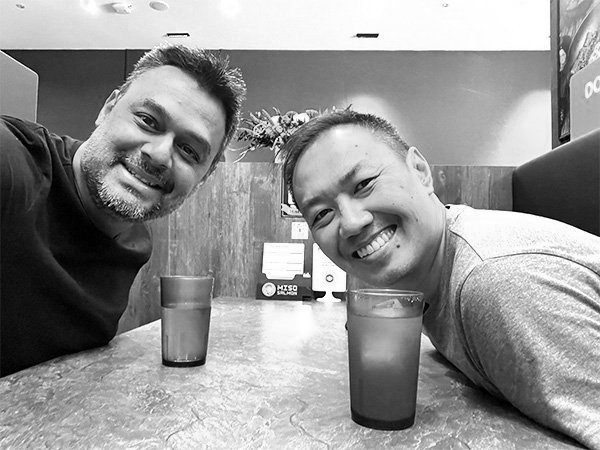
We’re Alan Soon and Rishad Patel.
There’s more about Splice here.
Areas of work
Our reporting, mentorship, research, workshops and talks, funding, and consulting
1. Reporting
We report on the transformation of media in Asia.
We are read by people who work across the media ecosystem: SCMP, CNN, Quartz, BuzzFeed, Rappler, Twitter, Asahi Shimbun, ABC, New York University, FT, BBC, Meta, Straits Times, Reuters, Deutsche Welle, Open Society Foundation, Chartbeat, Google, Omidyar, and Malaysiakini.
We work with writers across the region, covering Japan, South Korea, India, Singapore, Australia, Philippines, Myanmar, Malaysia, Indonesia, Taiwan, and Sri Lanka.
We love talking about the inspiring work that media startups such as Frontier Myanmar, the Mekong Review, FactWire, New Naratif, Magdalene, Malaysiakini, Citizen Matters, and The News Lens are doing in Asia.
We also report on the gaps in media, especially when it comes to diversity, discrimination, opportunity, and access. We run these stories on our site and they are often picked up on Nieman Lab, IJ Net, Asian Correspondent, and others.
Our newsletters are part of that reporting. Our goal is to keep you informed of what’s happening in media trends: stories of transformation, innovation, and user experience and perception.
We’re always looking for stories. We pay well and on time.
Read our stories and profiles
Want to write for us? Pitch us.
Our content is meant to be copied.
This reporting is free to re-publish — our work is created under a Creative Commons license because we want it to be read and published elsewhere. That’s how we spread our ideas and that’s how we help our writers find more readers to connect with.
You just need to give Splice appropriate credit, link to our original story, and indicate if you’ve made changes on your end. You’ll find all the details on our Creative Commons license here.
Or just email us. We love email.
2. Mentorship
We support the important work that journalism schools and institutions are doing.
We’ve partnered with the University of Hong Kong, Nanyang Technological University, Australian Broadcasting Corporation International Development, Kaplan, ICFJ, AAJA, the Craig Newmark Graduate School of Journalism at CUNY, and the Aga Khan University in Nairobi, Kenya in their efforts to grow the next generation of media professionals.
We provide coaching, internships, and advisory support.
The School of Splice is our most ambitious mentorship program so far. School of Splice gives you knowledge as a learning program, a network because it's community-led, and a one-on-one mentorship from some of the finest minds in media. 12 people enrolled in the Class of 2021 from 11 countries. See the School of Splice program here.
How can we help you?
3. Research
We audit and research media businesses and their relationships with their audiences. The dynamic between them is defined by change, and it is central to the Splice DNA to track its evolution.
UNDP Cambodia commissioned Splice to do a a media landscape audit of media alternatives in Cambodia. See the article, get the executive summary booklet, or download the full report here.
We also worked with Meta to audit the media landscape in Australia and New Zealand to understand what it would take for media startups to grow and thrive in the next 2-3 years. We spoke with almost forty media companies about the way they approached their market, their products, their users, and their ideas for the future.
We worked with the Nest Center for Journalism Innovation and Development on a media landscape audit and report to understand how journalism and funding worked in Mongolia. Here’s the website and report.
If you’d like to commission Splice for a research project, get in touch.
4. Workshops and talks
We take some of the ideas we’ve generated from our reporting and turn these into case studies that we teach at workshops, or other events such as conferences. This is one way we make a living.
We talk about media trends — what’s happening in this space, and how that affects the way consumers respond. More importantly, we drive discussions around what needs to be done by the industry.
We’re known for our work in media design; we’ve run design-thinking workshops with a focus on helping publishers connect problems that exist with potential solutions. We are building on a design canvas that we’ve created specifically for media.
We’ve done workshops and talks in various formats and content for the Asian American Journalists Association, Asia Journalism Fellowship, Asia-Pacific Broadcasting Union, Australian Broadcasting Corporation International Development, Deutsche Welle, East-West Center, ESSEC Business School, the European Journalism Centre, Free Press Unlimited, Google, Ink Publishing, International Committee of the Red Cross, International Media Support, Medtronic, Meta, Nanyang Technological University, National University of Singapore, Ngee Ann Polytechnic, Open Society Foundations, Society of News Design, United Nations Development Programme, the U.S. State Department, WAN-IFRA, and Wikimedia Foundation.
Need a Splice workshop? Email us.
5. Funding
We’re keen to support the work of media startups.
We believe that while it’s important to support the transformation of traditional newsrooms, the real change to media can only come when small, nimble startups take the lead. We’re obsessed about finding ways to help build sustainable options for media.
We created and rolled out two funds supported by the Meta Journalism Project:
Splice Lights On (emergency support for Covid)
Splice Beta Fund (for product prototyping)
If you’re building a fund to support news orgs, let us help you. Reach out.
6. Consulting
Consulting is the deep, transformative work we’ve been doing with newsrooms big and small to drive change within organisations. We’ve worked in countries such as Indonesia, Myanmar, Taiwan, Hong Kong, and Philippines. We work directly with these media organisations, and at times, with media support non-profits. This work pays for the bulk of our operating costs.
This is where we deploy the best of our case studies to solve specific problems. It could be to change mindsets in productisation and workflows.
We’ve designed operational processes for a newsroom for CNN and integrated it with their social strategy.
We worked with Google News Initiative in collaboration with Echos on Asia’s first design accelerator program for news and media companies in Asia to build a culture of innovation. As part of this program, the GNI Design Accelerator (GNIDA) partnered with seven small, medium, and large media companies from seven countries across Asia Pacific, helping to foster a design thinking mindset and creating seven new products (one per partner) that defined new audiences, new revenue models, organisational culture, and encouraged a product mindset.
We also helped build a membership model for Frontier Myanmar.
Do you have a media transformation project you’d like us to work on? Let’s talk.
Case studies
PumaPodcast: Audience study and recommendations report
We did a rebranding study for PumaPodcast, a Filipino podcasting company, and built a report with recommendations around how they could listen to their audiences better.
Mongolia: Codifying and funding the media ecosystem
For this report, we spoke with digital-first media startups, legacy media companies, NGOs, educators, early career journalists, freelancers, and YouTubers to detail trends, threats, and opportunities across the Mongolian media ecosystem.
Google News Initiative Design Accelerator for news and media companies in Asia
We helped build Asia’s first design thinking accelerator program for news and media companies in Asia. With Google News Initiative and Echos.
Cambodia: a media landscape audit + report
The media space in Cambodia hasn’t shrunk. It’s fragmented — but led by trusted voices. This is how to build an ecosystem around that trend.
Frontier Myanmar: membership
How — and why — Splice created a membership program for Frontier


















